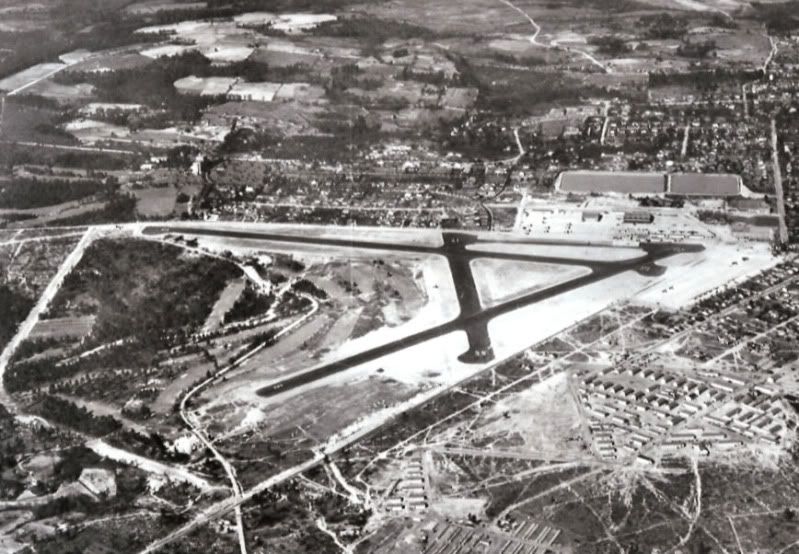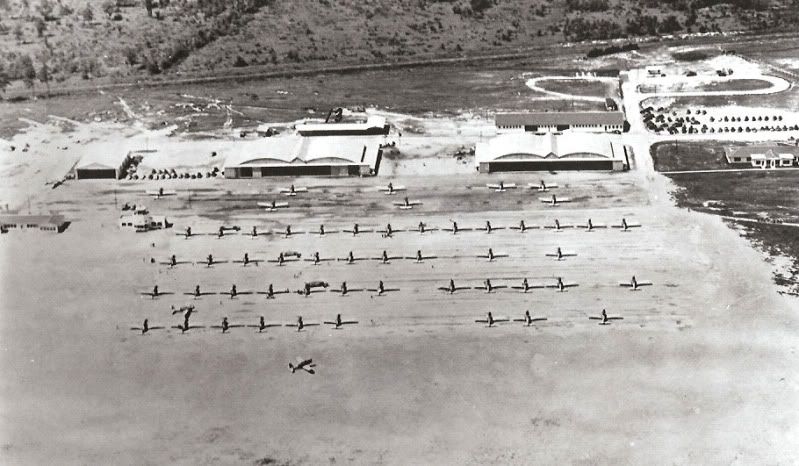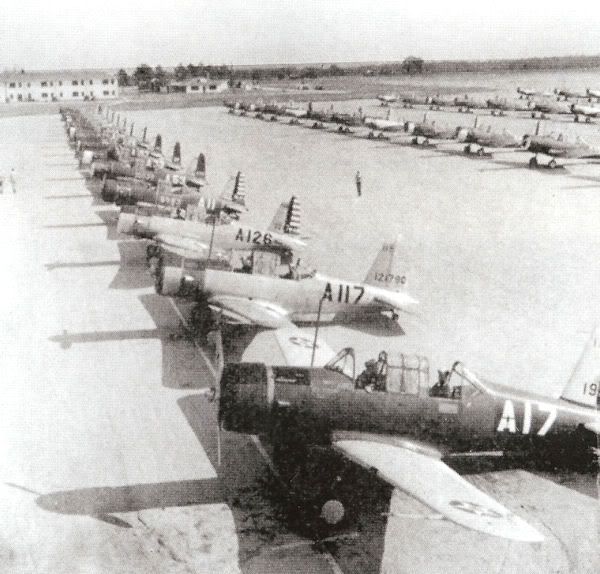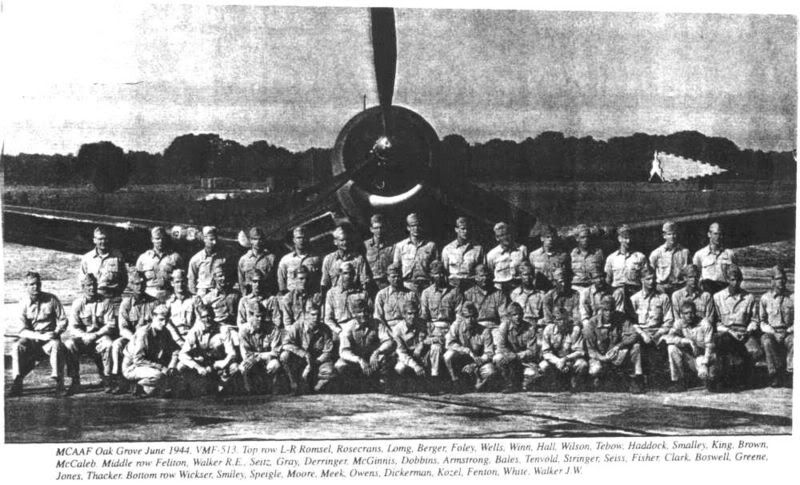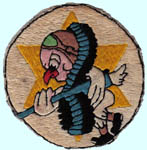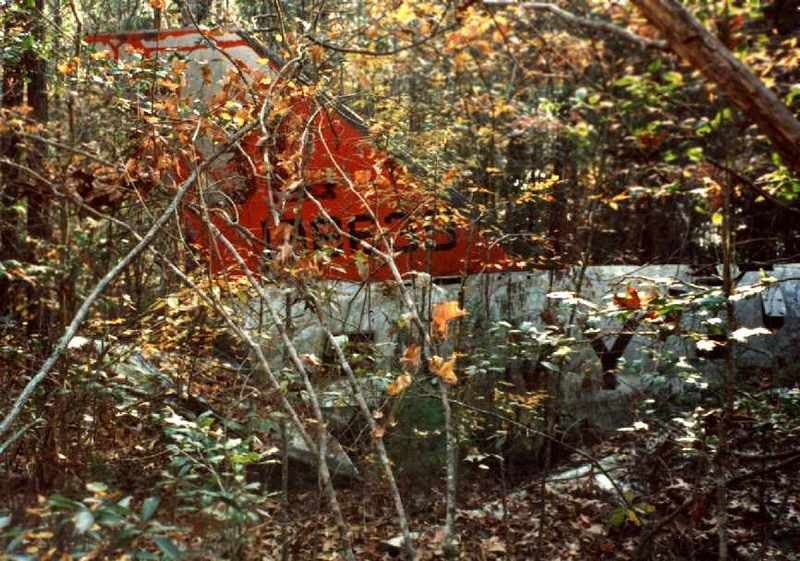Willy McCoy
Active Member

The fuel dump at Sand Point Naval Air Station.

The outer perimeter road at Sand Point. You can see Flip dog likes it.

The foundation for the approach lights on the end of the small east/west runway.

The Officers beach. It still looks the same from when I was a kid. The trees are not much bigger.

Ammunition bunker behind the Officers beach. There are two others that are back towards the nature preserve. They are locked up tight. The City of Seattle Parks Dept. must keep their rakes in there.

The enlisted mens change/shower room, snack bar and Lifeguard station. I used to swim here a lot.

Building 2. The largest standing and earliest hangar at Sand Point Naval Air Station. Aside from the Zeppelin hangers it was the largest hangar on the West Coast in it's day. Boeing was quite friendly with the Air Base and would test it's Clippers at this facility. They had (and it's still there) a great ramp for amphibious aircraft that features a cobblestone transition ramp. This area is now known as Magnuson Park now and there is not much mention anywhere of it's former status as a BIG TIME Naval Station. The Worlds first around the World flight took off from here. A Seattle based Jacket maker was stationed here too I heard tell. There is a big Dog Park here so I walk Flip here everyday. It has a nice Lake Washington Dog Beach Feature and Flip likes to swim here EVERYDAY. Even in the middle of winter you can find him out distancing Labs & Retrievers. Not bad for a Jack Russell Terrier. We were walking through the nature preserve one day and struck up a conversation with an old guy. It turns out he was the base Commanding Officer at one time and the Squadron Leader for VA-63 "The Fighting Red-cocks" in the fifties. He didn't much care for the F9F's either. Yes, they were VA-63 before they became VA-22. He chuckled at the name a little. He is trying to get Building 2 (hangar) made into a hands on Naval Museum. It's not going over too well with the local tree hugging Californians that call North Seattle home. I told him that I have some old Naval garments I would love to put on semi-permanent display if it happens.
Here is a great link to towards the effort for a museum along with many photos, stories and memories. I wish Skeeter was still here to chime in. The "Old Guy" (Captain Ronald C. Miller) I ran into that turned out to be the former base Commander has some very funny stories in the links too.
http://www.sandptnavsta.org/



